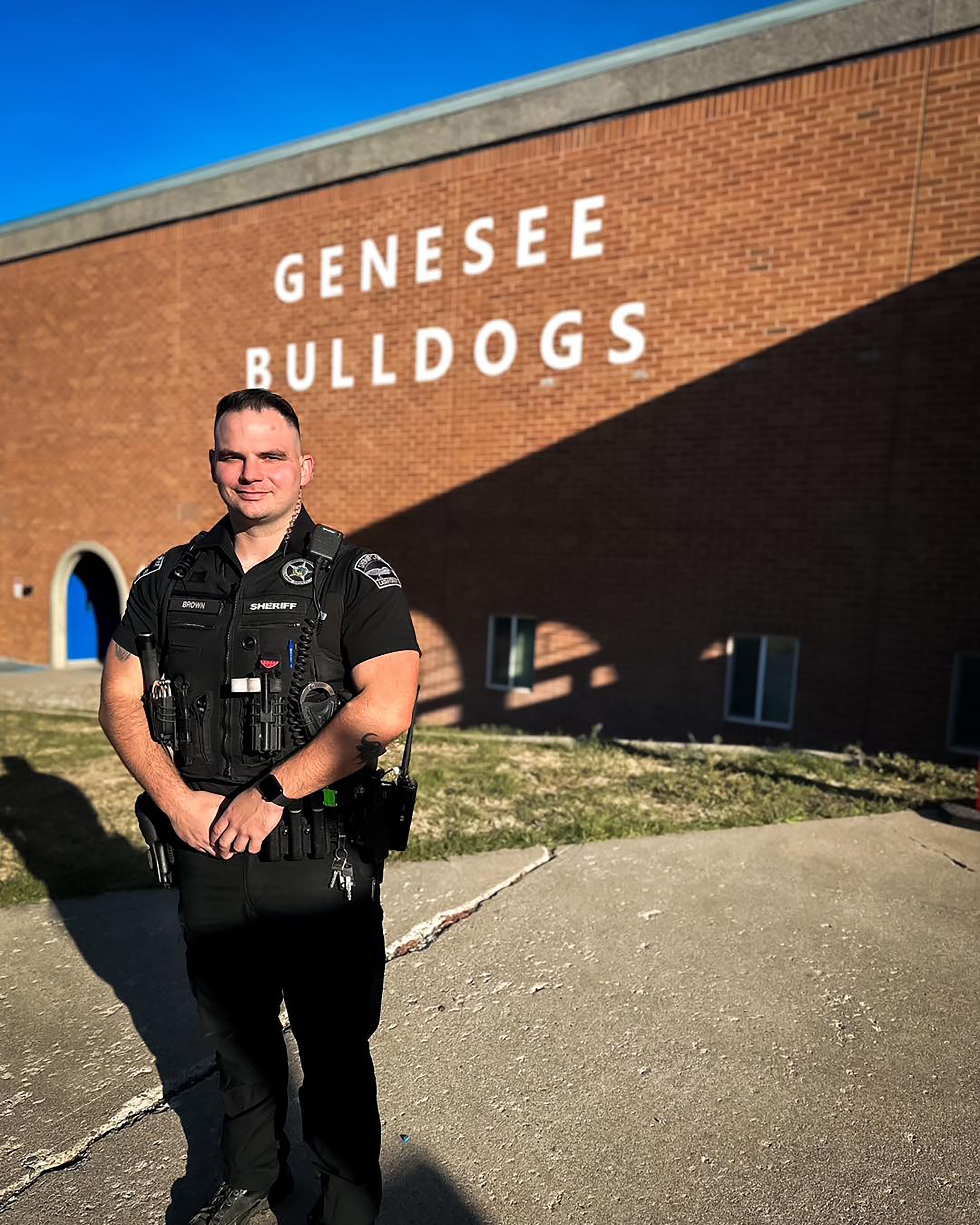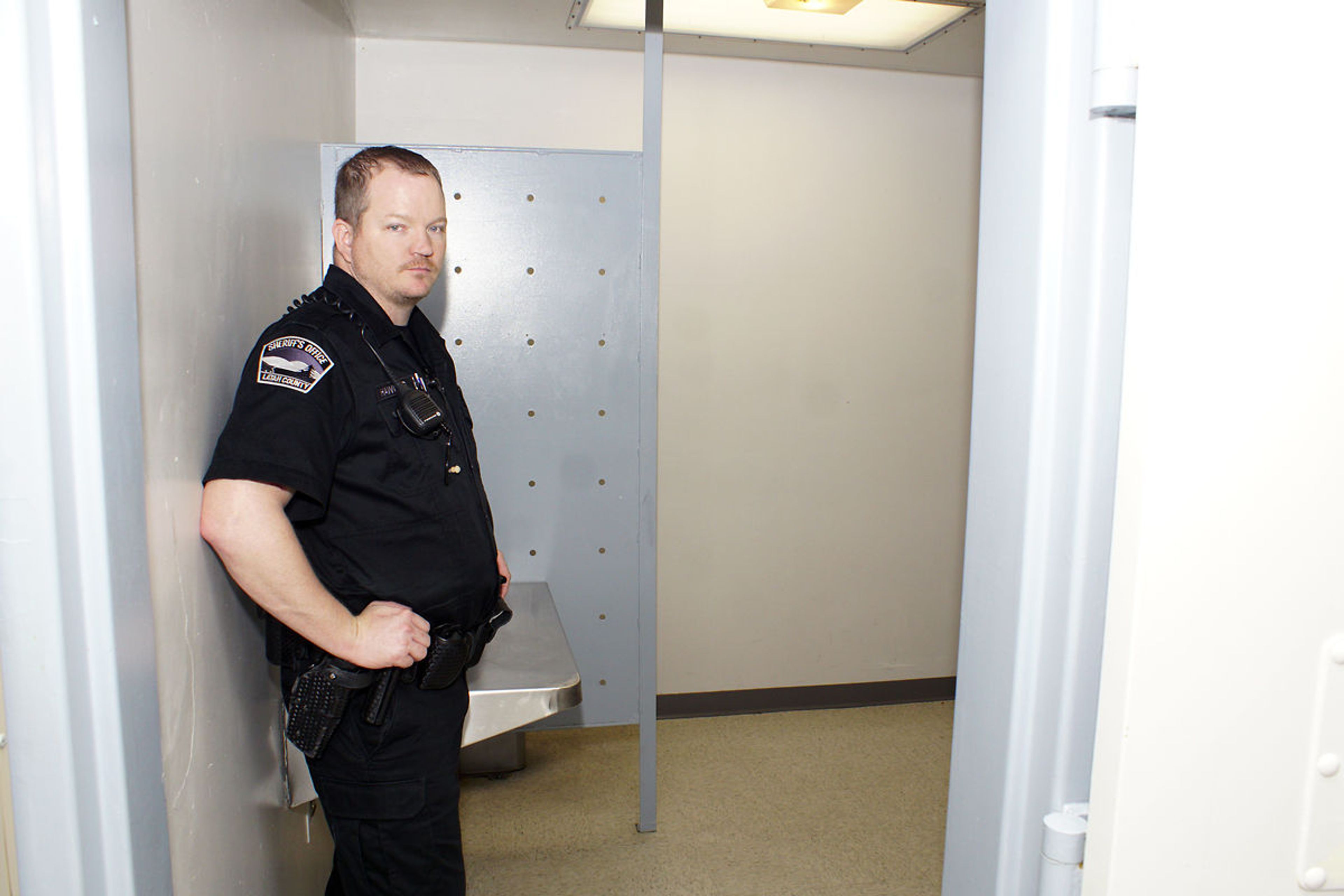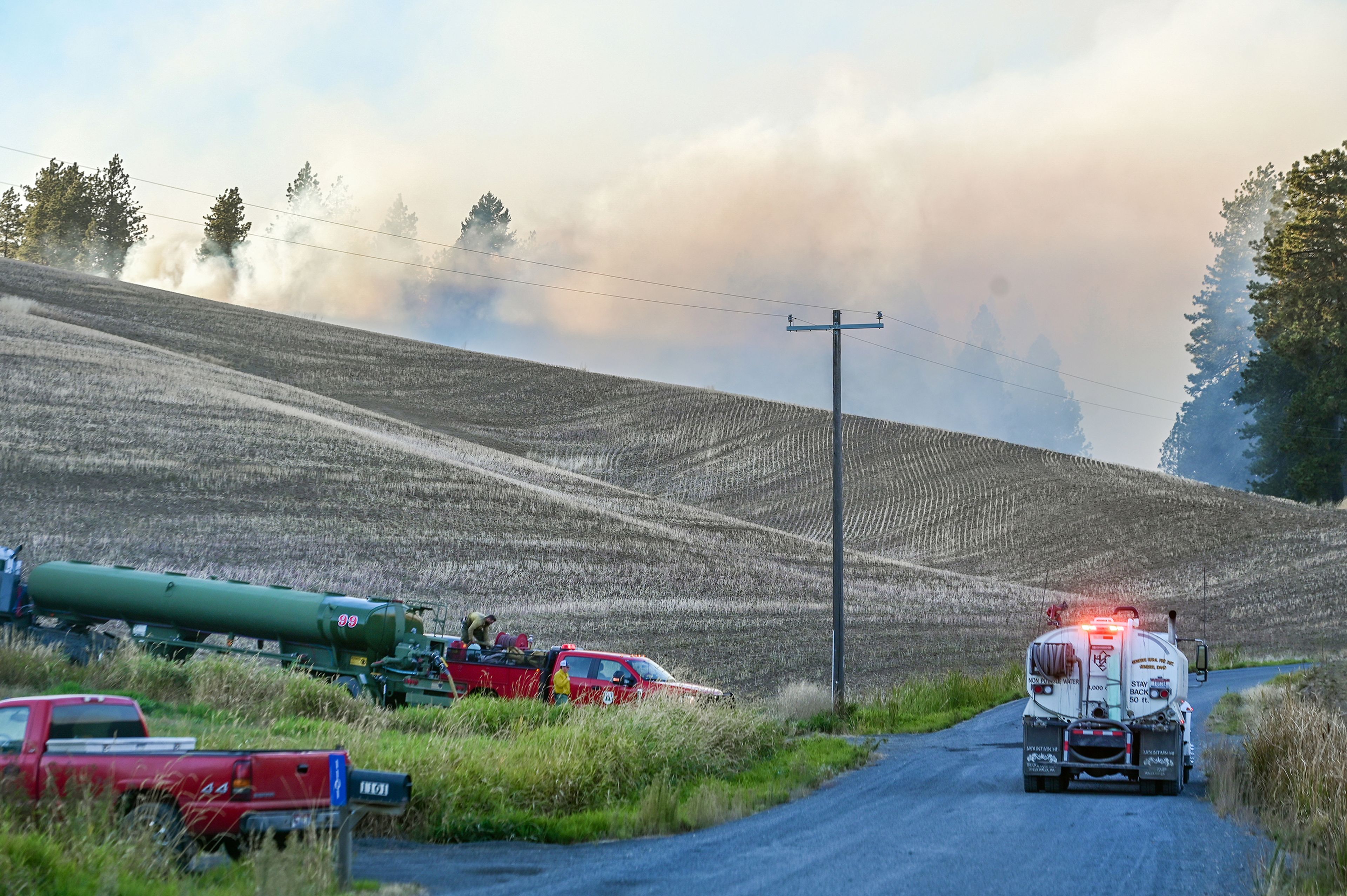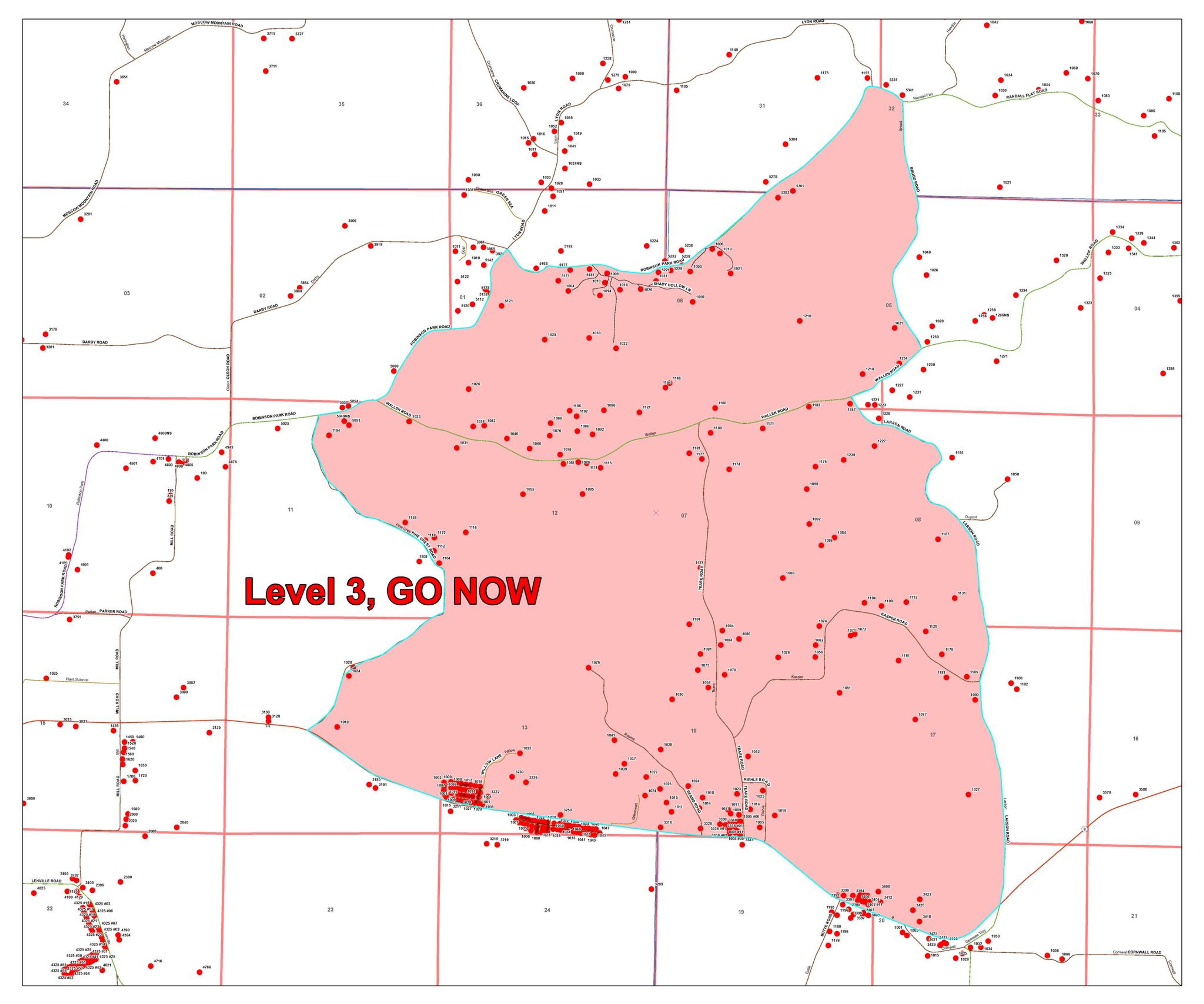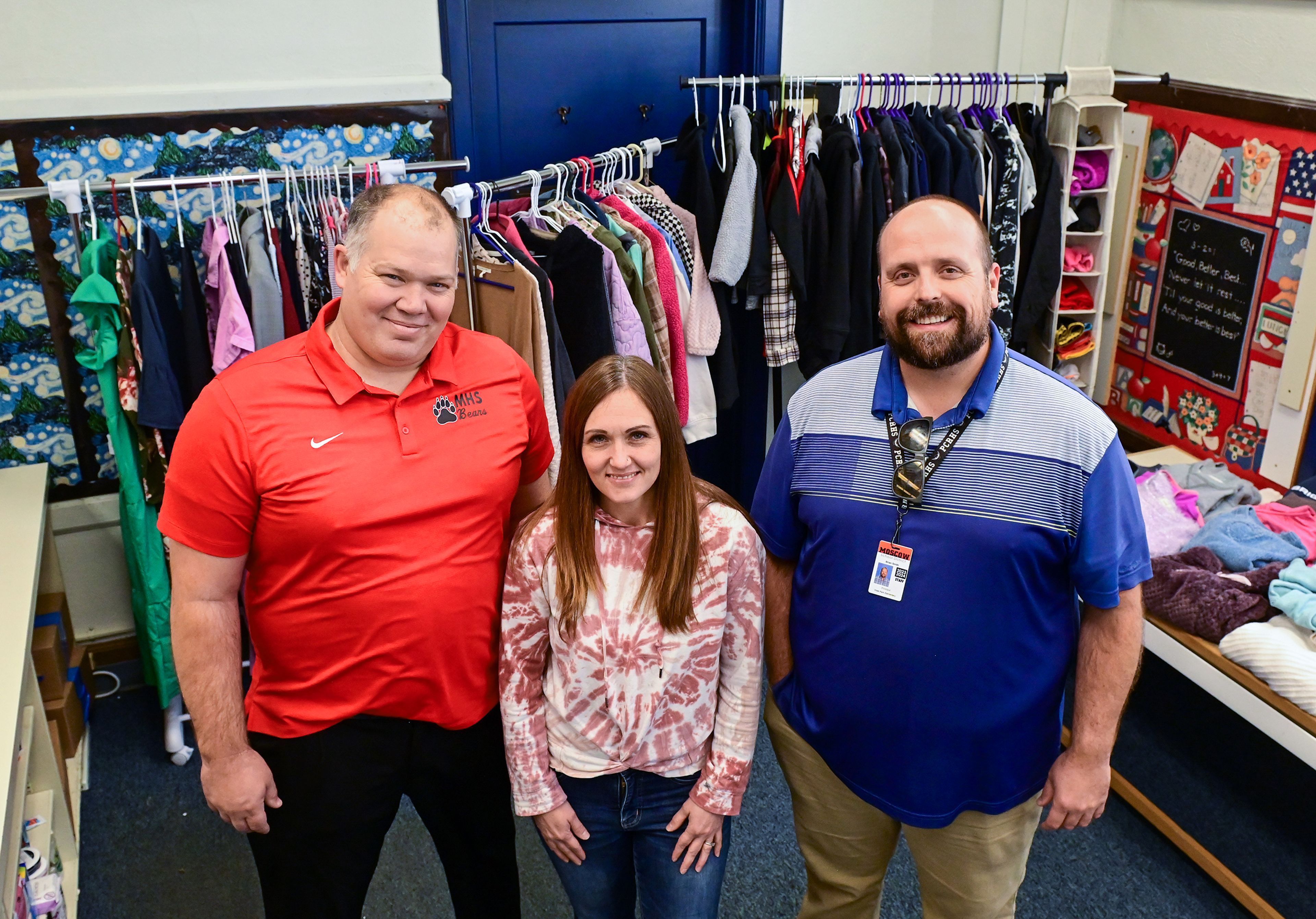Ensuring your dog gets cuts cared for while afield all depends on how well an owner prepares for these common injuries.
Cuts are referred to medically as lacerations. You should know they can happen almost anywhere on the body.
What does the average dog owner, even a sporting dog owner, need to deal with the average, nonarterial cuts? Thanks to the internet, assembling a competent first aid kit for dogs has never been easier.
To find any of the items noted here, simply put the key words into an internet search or take them to your pharmacy or veterinarian’s office.
Start with some written education like a copy of “A Field Guide to Dog First Aid” by Dr. Randy Acker and Jim Fergus. Dr. Acker lives in Ketchum, Idaho, and is the medical director of Sun Valley Animal Hospital. His primary professional interest is in orthopedic surgery.
Full disclosure: I reviewed this book when it was first published back in 1994. Read it or any other like it, and keep it handy.
First aid containers should be watertight. Grocery stores sell containers that have locking lids, intended for storing leftovers. There are even red lids. Mark the lid and all four sides of the container as with the words First Aid.
The first item to include is a good rechargeable LED flashlight. Good light is essential because not all lacerations occur or are realized at high noon in good sunlight. Be prepared to recharge it from your vehicle.
Next, place a copy of your pet’s most recent and complete vaccination record in the box.
Basic instruments should include a set of stainless steel hemostats. These are those tools that look like pliers or scissors and have locking ratchet teeth near the finger rings. Two sizes (large and small) would be ideal, but not necessary.
Next, include some blunt-nosed scissors. Use them only for medical purposes.
You will need some irrigating fluid to wash off cuts. These are sterile, normal saline solutions. With those, people can make their own iodine solution when necessary. Alternatively, wounds can be cleansed with chlorohexidine soap and saline. This soap is that pink solution provided to people before they go into surgery.
You could use sterile water, but water gets mixed up or used up inadvertently with that intended for drinking and washing. Also, water is not the healthiest choice for injured tissues.
You will need sterile gauze pads; 4-by-4 inches is ideal. These are used to apply pressure to stop bleeding, and blot and wipe the wound as you cleanse it. Unused ones can also be incorporated in the dressing for absorbency. Get the ones that come in a handy plastic tray.
After cleansing, a nonadhering bandage is necessary for the first covering over the wound before dressing it.
Absorbent rolls of dressing material follow as sterile wraps for the first turns around the wound, if possible. A self-adhering bandage goes on over the top of the sterile gauze wraps.
One brand name for the latter is VetRap made by 3M. There are knock off brands and the identical 3M product used in human medicine is called Coban. They all work well when fresh.
Someone should ride with the pooch or you will need the so-called “cone of shame” to ensure the animal does not chew off the bandaging.
One can never go wrong with stopping bleeding with pressure, cleansing a cut, dressing it well as described and transporting the dog. Unless the cut has arterial bleeding, just this big bulky dressing will do fine until you can reach a veterinarian.
Next week, we’ll examine arterial bleeding and answer the question: When does one try to close a wound?
Powell, of Pullman, retired as public information officer for Washington State University’s College of Veterinary Medicine in Pullman. This column reflects his thoughts and no longer represents WSU. He may be contacted at charliepowell74@gmail.com.
